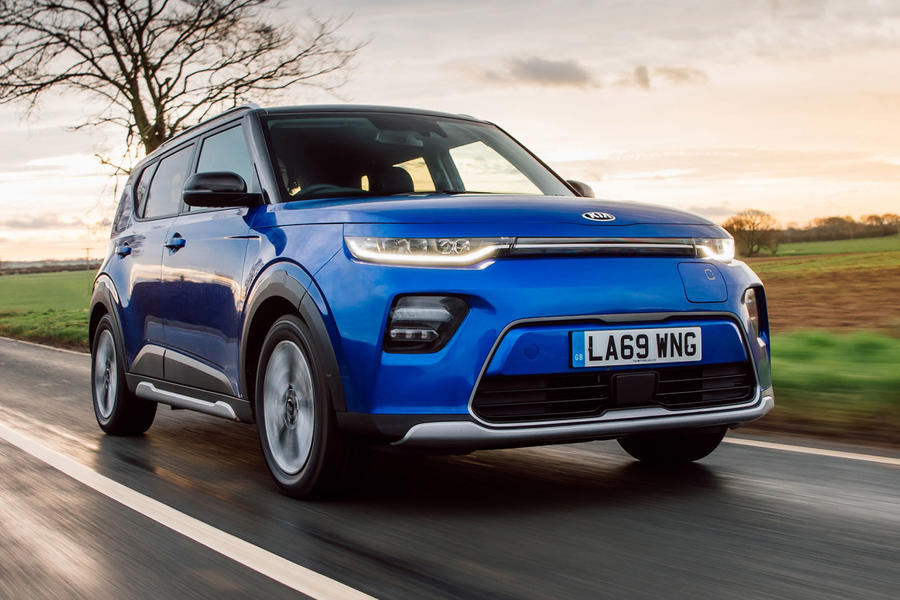Packed with cutting edge technology, you’d expect electric cars to be more costly to service and maintain than their internal combustion counterparts. Yet in reality, with fewer mechanical components to fettle, EVs should require less time in the garage and have a smaller impact on your wallet.
However, that’s not to say your battery powered vehicle won’t require a quick once over with the spanners every so often, because like all cars there’s more to maintenance than just the engine. So what’s required? Our definitive EV servicing and maintenance guide reveals all.
Which parts of an electric car need servicing?
As we’ve already mentioned, the electric motor (or motors if your EV is four-wheel drive) are unlikely to require much attention. Petrol and diesel engines have thousands of moving parts, whereas electric motors are fairly simple, with most units made up of no more than 20 components.
As a result, there’s no oil to change or filters to renew, or cambelt and water pump to change. However, it will still require a quick check with a diagnostic machine, which will pick up any possible fault codes that might need attention. The same goes for the battery, which is arguably even lower maintenance as it has no moving parts at all. Individual cells will be checked for performance, with any damaged cells showing up in the data.
Technicians will also give the high voltage electrical cables a visual inspection. Typically bright orange in colour, these heavy duty items will be checked for damage and loose connections. Most are well protected from any sort of road debris, so problems are unlikely.
Even the transmission is essentially maintenance free on most EVs. With nothing more than a single reduction gear and differential, this type of gearbox is far less complex than a typical multi-ratio manual, automatic or twin-clutch. Factor in the use of advanced synthetic oils for lubrication and most manufacturers claim the unit is effectively ‘sealed for life’.
Like traditional cars, EVs have a cooling system, which in this case keeps the battery at optimum temperature regardless of how hard the motor is working or the outside temperature. Most are liquid cooled and require little more than a visual inspection of the fluid levels and topping up if necessary.
The rest of an EV is pretty much the same as a normal internal combustion engined vehicle, which means it’ll receive similar attention. The use of regenerative braking, where resistance in the electric motor helps slow the car, means that the traditional friction brakes are likely to need fewer disc and pad changes. That said, when they are used the extra weight of an EV means they’ll be working harder. And, like all hydraulic systems, the brake fluid will need to be changed, something that usually happens every two years.













Join the debate
Add your comment
Maybe easier and cheaper to run, but, Garages aren't going to make much money servicing them, less moving parts, not much to go wrong etc, etc.
There's a memorable scene in 'Who Killed the Electric Car?', the film about the GM EV1 in the 1990's. A mechanic points to a trolley laden with filters, belts and bottles of oil and talks about how they are all needed for an internal combustion car service. Then he mentions that when an EV1 came in for service, they would swap the tyres round, top up the washer bottle, clean it and put it back in the parking bay for the customer to pick up.
Worth mentioning a cambelt on an ice can cost 400 quid every 5 years, autobox and awd systems can need a service too.